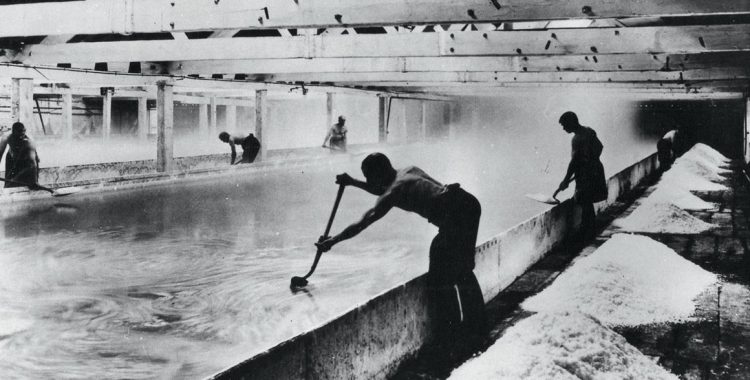
Salt was first discovered in Cheshire as far back as the Iron Age. By 1700 the salt towns of Northwich, Middlewich and Winsford had grown around the thriving salt industry. The River Weaver was the key transport link and improvements including eleven locks were completed in 1732. Although much of the industry has finished there is a rich industrial legacy including the Anderton Boat Lift and the newly restored Lion Salt Works. And Cheshire is still one of the few places in the UK where rock salt can be extracted.
The Weaver Valley tells a tale of economic and environmental change; the human story of the people who shaped the land and worked, in harsh conditions, to exploit the rich mineral resource. The salt trade of the Weaver Valley was and still is important for the UK economy and was the foundation of much of Britain’s chemical industry. The demand for salt was huge and extraction continued for many years. The mining of rock salt and in particular the extraction of brine from the Northwich area resulted in extensive subsidence. The town of Northwich was renowned for the collapse of buildings, often suddenly and without warning. There were numerous incidents where houses, pubs and the salt works themselves disappeared into massive craters formed by the collapse of the underground mines. It was these dramatic incidents that created Ashton’s and Neumann’s flashes in Northwich.
Until recently, this important landscape was not fully recognised or valued. Saltscape brings together a group of expert partners to ensure that this special landscape is managed cohesively for future generations.
Visit our vision page to find out what we aim to do and how we will work together to achieve it.
